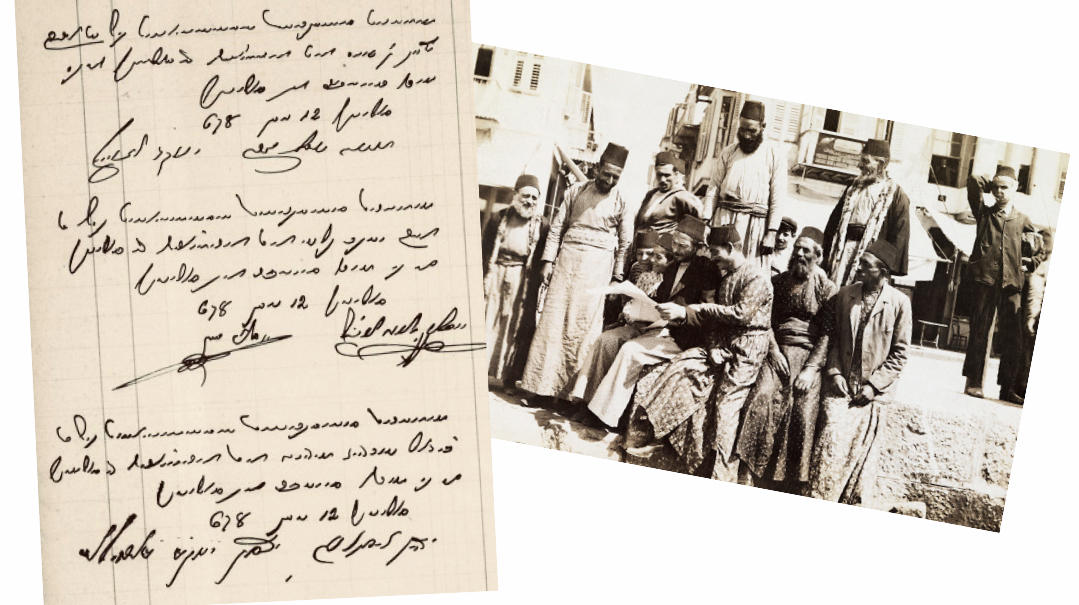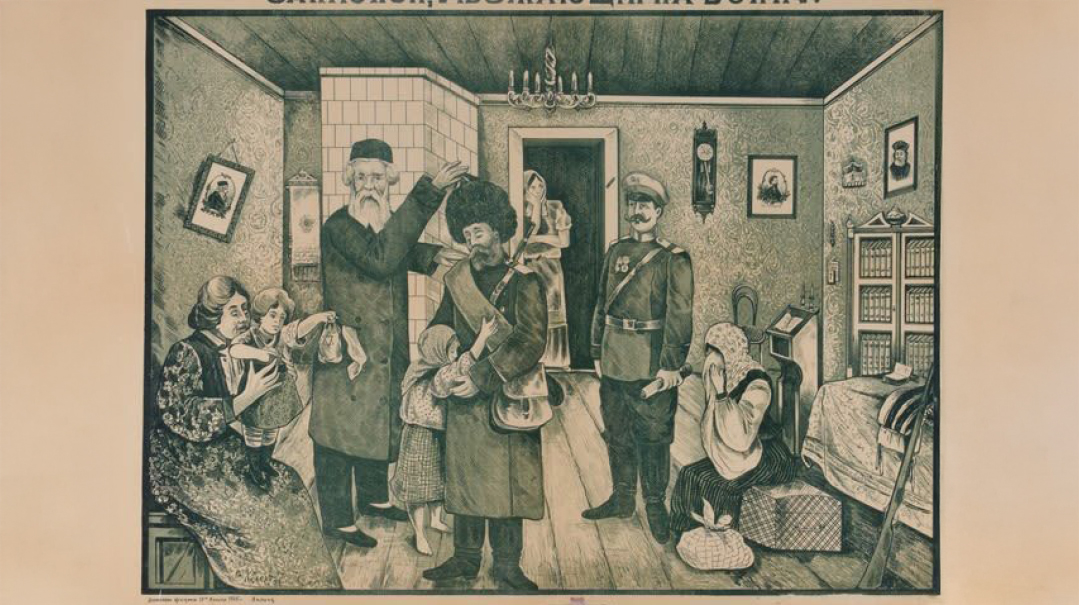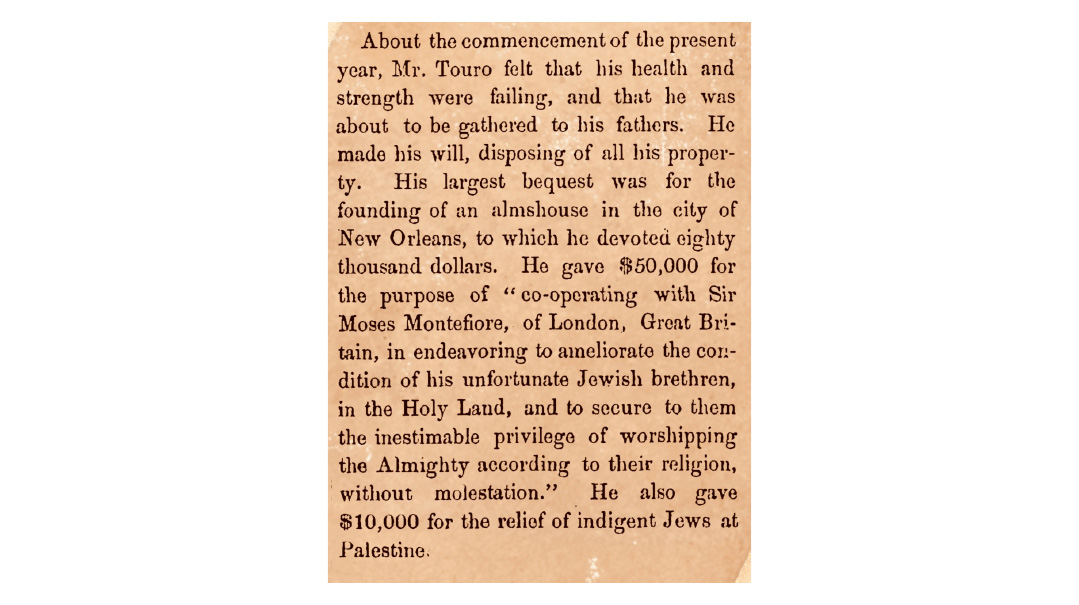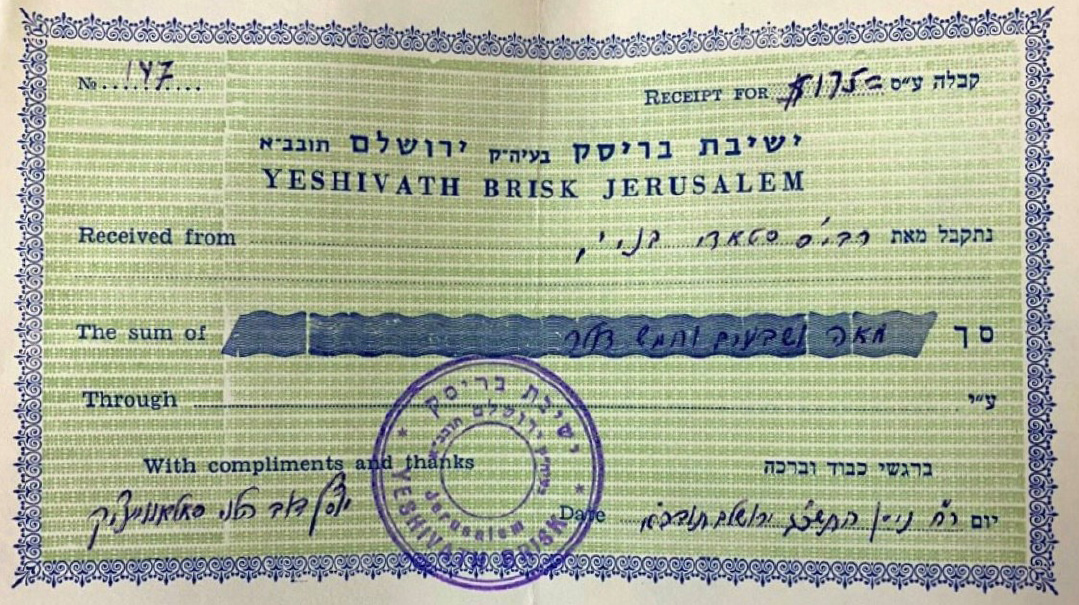A Place Called the Pletzl
| May 20, 2025The Pletzl is the historic Jewish quarter nestled within Paris’s Marais district
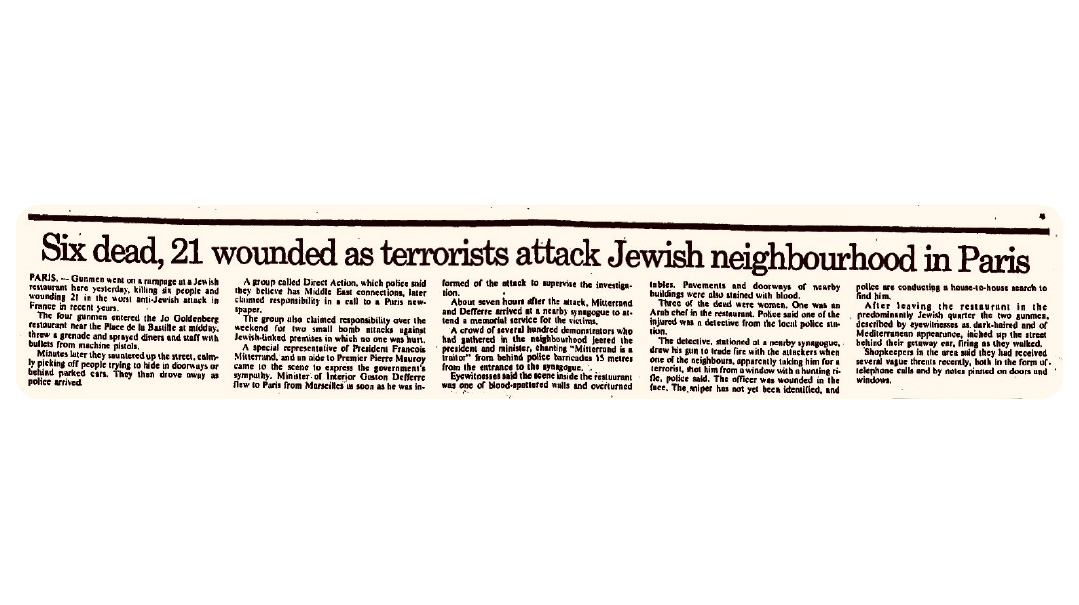
Title: A Place Called the Pletzl
Location: Paris, France
Time: August 1982
A tourist visiting Paris will undoubtedly see such famous landmarks as the Eiffel Tower and the Arc de Triomphe; historic museums such as the Louvre, Les Invalides, and the Palace of Versailles; and renowned shopping districts such as the Champs-Elysees and Place Vendome.
For the Jewish tourist, however, a less grandiose stop beckons. A small area of narrow blocks in the fourth arrondissement of Paris, primarily around the Rue des Rosiers and Rue Pavée streets, is still known today by its Yiddish name — “the Pletzl,” meaning “little place.”
The Pletzl is the historic Jewish quarter nestled within Paris’s Marais district. Its roots trace back to the late 19th and early 20th centuries, when waves of Jewish immigrants from Eastern Europe and North Africa settled in the area. Over the decades, the Pletzl blossomed into a vibrant community, home to shuls, yeshivos, kosher eateries, and Jewish-owned businesses.
The Eastern European, Yiddish-speaking Jewish immigrants, remained somewhat separate from the native French Jews, who were more integrated into society. Several heimish and chassidic shtiblach bustled with activity during the first half of the 20th century, when tens of thousands of these Jews resided in the Pletzl.
Central to the Pletzl’s spiritual life is the Agoudas Hakehilos synagogue at 10 Rue Pavée, which was dedicated in 1914. Its opening ceremony demonstrated the distinctiveness felt by the new immigrants from their native French brethren. None of the leadership of the Paris Jewish community establishment attended, but the guest chazzan who performed was the famous Gershon Sirota of Warsaw, Poland.
The Agoudas Hakehilos shul miraculously survived the Holocaust, despite more than one attempt to destroy it by the Nazis and their French collaborators. Most of the residents of the Pletzl were deported to Auschwitz during the Nazi occupation and didn’t survive the war, but the neighborhood was to receive a boost in the war’s aftermath.
In the years following World War II, with many survivors housed in the DP camps established by the American and British militaries in Germany, Paris soon emerged as a crossroads for many survivors looking to restart their lives following the horrors of the Holocaust. Leaving the DP camps often with no clear itinerary to either Israel or the United States, many survivors settled temporarily in Paris. The Pletzl emerged as a hub of transient survivors, searching for relatives, waiting for visas for their final destination and rebuilding their shattered lives. Some ultimately settled in the Pletzl and its environs, as the shtiblach, yeshivos, butchers, and shops of this historic neighborhood continued to flourish for decades to come.
On August 9, 1982, the heart of Paris’s Jewish community, the Pletzl, was shaken by a brutal terrorist attack at a renowned Jewish-owned restaurant on Rue des Rosiers. This tragic event not only claimed six innocent lives, it also left an indelible mark on the collective memory of Jews worldwide.
On that fateful afternoon, a car screeched to a halt at the center of the Pletzl, and two gunmen jumped out and entered Chez Jo Goldenberg, a popular restaurant that was frequented by locals and tourists alike. They threw a grenade into the dining area and opened fire with machine guns, killing six individuals, including two Americans, and injuring 22 others. The assailants then calmly exited, firing sporadically as they retreated down the street. Eyewitnesses described the scene as chaotic, with blood staining the cobblestones of Rue des Rosiers.
The attack was later attributed to the Abu Nidal Organization, a Palestinian terrorist group that split off from the PLO, known for its murderous anti-Semitic violence across Europe. This targeting of shoppers in a Paris Jewish neighborhood, under the guise of expressing “anti-Israel resistance,” was the worst violence sustained by French Jewry since the Holocaust. It also ushered in a new era of Palestinian terrorists no longer satisfied with murdering Israelis in Israel, or even Israelis abroad, instead killing Jews worldwide. This attack foreshadowed the infamous AMIA bombing in Argentina in 1994 and many others.
In the wake of the attack, the Paris Jewish community, along with Jews worldwide, reeled in shock and grief. Memorial services were held, and leaders from various Jewish organizations condemned the violence. The French government also expressed its outrage, pledging to bring the perpetrators to justice. It took decades for any of the perpetrators to be arrested. In many ways, justice still hasn’t been served for those who carried out the act. In a practical sense, vehicular traffic was banned from the entire area of the Pletzl in perpetuity in order to enhance security. This has ironically enhanced its quaint old-world environment, as its pedestrian walkways are now filled with visitors.
17 and 25
Some of the more legendary shtiblach of the Pletzl were known by their address numbers on Rue des Rosiers. The most famous of them — still an active shul today — was known as “Zibetzin” (17), a Chabad shtibel. It was often frequented by the future Lubavitcher Rebbe, Rav Menachem Mendel Schneerson, during his two stints in Paris.
Escaping from the Nazis in 1933, Rav Schneerson and his wife settled in Paris, and remained there until their escape once again from the Nazis following their occupation of France in 1940. The future Rebbe returned to Paris for several months in 1947 to escort his mother, Rebbetzin Chana Schneerson, to the United States.
The Rebbe delivered a Gemara shiur to local balabatim during the 1930s, and there was a dearth of available Gemaras. Shiur participants observed that the Rebbe brought a different masechta than the one from which he was delivering the shiur, due to scarcity, and somehow managed to read the words of the Gemara, Rashi, Tosafos, and expound upon it all, despite having a different Gemara open in front of him the entire time.
Another chassidic shtibel down the block at 25 Rue des Rosiers was known as “Finef un Tzvantzig (25).” Among the many chassidic greats who passed through its doors was the future Gerrer Rebbe, Rav Simcha Bunim Alter, the Lev Simcha. Following the passing of his father, the Imrei Emes, on Shavuos 1948, and the subsequent appointment of his older brother, Rav Yisrael Alter as the Gerrer Rebbe (the Beis Yisrael), the Lev Simcha moved to Paris for several years before returning to Eretz Yisrael.
A Mirrer in the Pletzl
Rav Chaim Yaakov Rottenberg (1909–1990) grew up in Antwerp, Belgium, where his father Rav Mordechai Rottenberg served as the rabbi of the Machzikei Hadas community, as well as serving on the worldwide Moetzes Gedolei HaTorah of Agudas Yisrael, until he was murdered by the Nazis in Auschwitz. Rav Chaim Yaakov studied in the great prewar yeshivos of Telz and Mir in Eastern Europe, before returning to Antwerp. He survived the Holocaust in Belgium, while his sister, the legendary rescue activist Recha Sternbuch, heroically and valiantly saved Jewish lives from her base in St. Gallen, Switzerland.
In 1964 Rav Chaim Yaakov Rottenberg was appointed rabbi of the Agoudas Hakehilos community in Paris, which still remained a separate religious community from the mainstream French Jewish communal infrastructure. Settling in the Pletzl, he headed a yeshivah there in addition to his rabbinical and kashrus responsibilities. His son Rav Mordechai Rottenberg succeeded his father and continues to serve at the helm of the community until today.
This column was inspired by a recent tour of Jewish history in France with Kehillas Bais Yehuda Tzvi, the “Red Shul” of Cedarhurst, with former Pletzl resident Yaakov Gade.
(Originally featured in Mishpacha, Issue 1062)
Oops! We could not locate your form.

